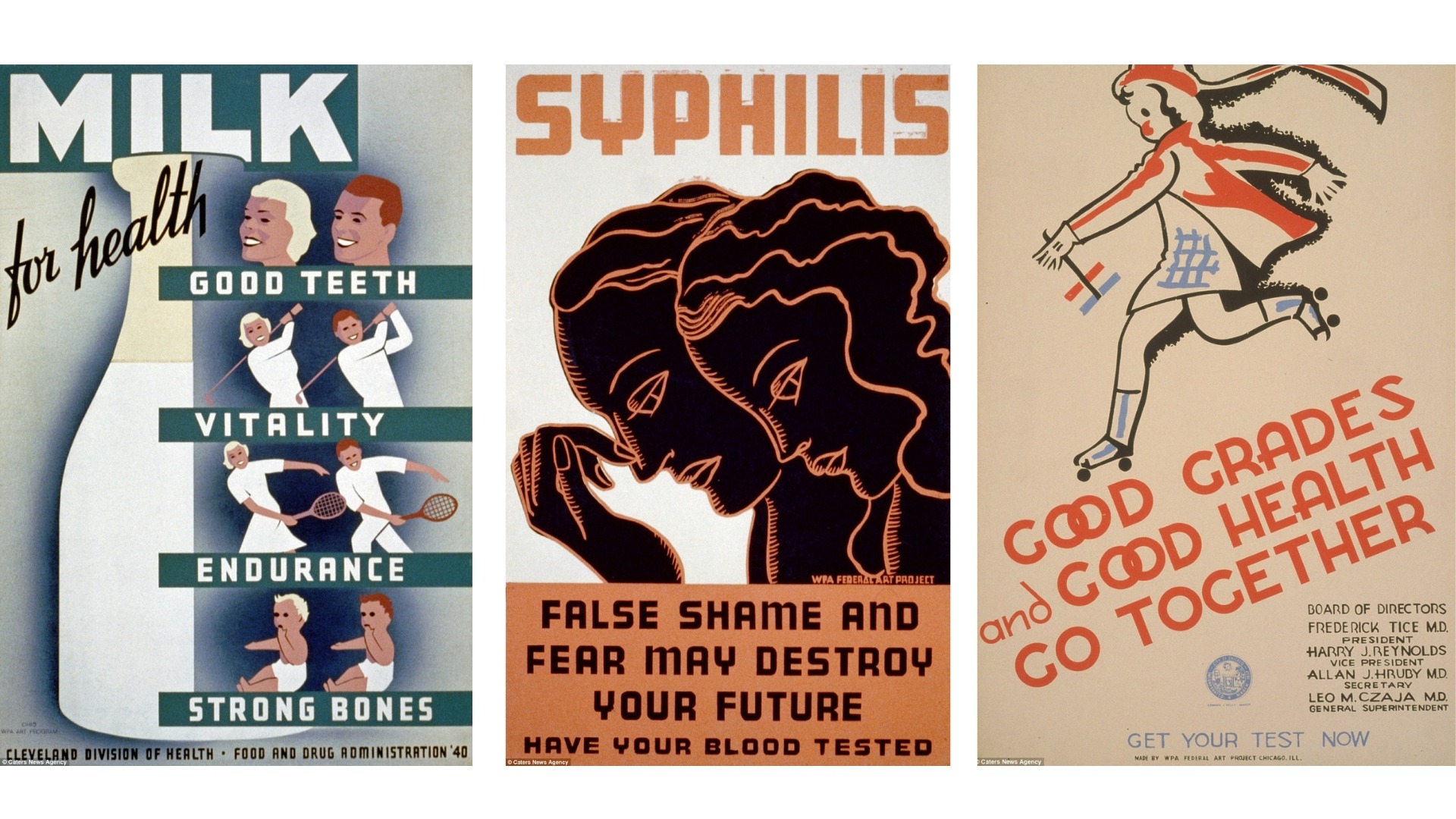By Professor Wladyslaw Wygnanski
Professor Wladyslaw Wygnanski is the inventor of a revolutionary respiratory medical device whose passion for science led him from sound engineering into the healthcare arena.
What motivated you to do what you do?
As a 12 year old boy, I wanted a bike, but there were hardly any new ones available in 1950s post-war destroyed Warsaw and those that you could find were too expensive for my parents to buy. But there were many partly damaged bicycles around the city. I used these spare parts to assemble my own bike, which I used for another six years. That experience taught me so much: how to use tools, how a bicycle works and importantly, it brought out the engineer in me, and led me through time to get a MSC degree in electronics and finally as a chief studio engineer and academic teacher at the Chopin’s Music Academy in Warsaw.

How does a sound engineer become the inventor of a piece of technology with such vast potential in respiratory medicine?
To put it simply, fog horns. I was asked to create a powerful and energy efficient sound for fog horns anchored out at sea, where there is limited electrical energy. Rapid air flow modulation is the only way to achieve high energy conversion efficiency, but it requires a very fast switching pneumatic valve. It was obvious to me that the requirements for something like 0.5 msec high flow valve could only work when the internal energy process is recycled. That is how BAT – Binary Actuation Technology – was born, and with it the ability to deliver gases and liquids in incredibly precise doses.
Inventing BAT must have been a joyous achievement. Was this the crowning moment in your career?
The invention of BAT is hugely important to me, but it has so many applications in various fields like oil, automotive, aviation, space, industrial and many more. Now as the technology evolves, we find applications in healthcare, that is what makes me most proud. To give a practical example, as a R&D Cambridge-based company, we received a request from the Air Ambulance service to see if BAT could be used to extend helicopter oxygen supply, which is a limiting factor on the length of time the rescue helicopter can remain in the air. It was a trigger point to conceive and make prototypes of a few Breath Supporting devices including our Intelligent Medical Oxygen Delivery (IMOD) system, Sleep Apnoea treatment air puffing system
(PUFFIN) and currently working with a very ambitions dual gas pulsed delivery system (BiMOD). The first two systems IMOD and PUFFIN are already protected by two international patents (granted).
It doesn’t sound like that’s the end for this technology in healthcare, what is the biggest problem you would like to solve?
My plan is to deliver revolutionary technology to deal with pneumonia and other forms of acute respiratory distress syndrome. From there we will look to move into the ambulatory area of care for people with chronic respiratory failure – such as those living with chronic obstructive pulmonary disease who require oxygen in their homes. It’s a difficult process particularly for a small company but if there is a need – as there is in healthcare – then there is a solution. And we have that solution.
To find out more about BAT and the devices in which it has been used, visit https://camcon-medical.com/

